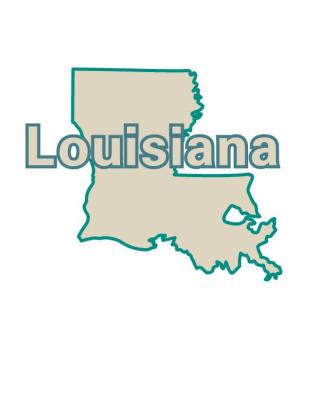
Jim Bradshaw
Steamboats were first introduced onto Bayou Teche in 1818, largely because the commerce from big sugar plantations made the bayou and its neighboring waterways busy places in the years before the Civil War. But it wasn’t easy getting to south Louisiana from New Orleans or any other place on the Mississippi River.
Carl Brasseaux and Keith Fontenot, who made a study of early steamboat travel (Steamboats on Louisiana Bayous, LSU Press, 2004), note that during the heyday of the sugar plantations, “steamboat traffic from Bayous Courtableau, Teche, and Lafourche, as well as the Vermilion River … collectively rivaled … the nation’s two most notable internal trunk lines (the Ohio River system and that portion of the Mississippi River … between St. Louis and Baton Rouge) throughout the high-water seasons.”
The key words there are “throughout the high-water seasons.” That meant that for a good part of the year our bayous were not full enough to carry boats and were rivals to nobody.
When the water was high enough, travelers from New Orleans could get to Bayou Teche by way of Bayou Lafourche and through the Attakapas Canal, which ran from Napoleonville through Lake Verret, Fourmile Bayou, Grassy Lake, Persimmon Pass, and Lake Palourde, connecting near Berwick to the Atchafalaya and the mouth of Bayou Teche.
For a while the canal was an important route through the lower Atchafalaya Basin. It was created because very few of the natural bayous and rivers in south Louisiana flow east-west. Almost all of them flow from north to south, draining into the Gulf of Mexico.
That made it easy to go north and south in the days when most of our travel was by boat, but going east and west meant going up one north-south waterway then down another and up and down – kind of like zig-zagging up a mountainside when the grade is too steep for a straight road.
The Attakapas Canal was one of the first attempts to do something about that. Work began on it about 1816 with the support of planters, steamboat owners, and commercial travelers and it was substantially completed by 1825. But it was never a full-time route and apparently was never completely finished.
It had been authorized by the legislature in 1814 by “An Act to Give to the Inhabitants of Atakapas [sic] the Right to Finish the Canal of Lafourche.” Under the legislation, south Louisiana planters were supposed to raise enough money to maintain the canal, but they couldn’t do it. So in 1814 the legislature approved a lottery to raise $15,000 for the canal project. That bought enough high water to keep the canal going for at least the early part of each year.
According to old reports, the canal carried as much as 18 feet of water in some places during the early spring, but by mid-summer there wasn’t enough water to float a big boat, and it was virtually dry by the end of a hot summer. Adding to the problem, the current was “very rapid” during the days when the water was high, sometimes making navigation something like a thrill ride.
By the 1830s, planters began to regard the high water in the canal each spring as more of a hazard than a help, and it was closed to navigation because of their concerns about flooding. After that, Bayou Plaquemine became the principal way to get east-west across the Atchafalaya Basin.
A collection of Jim Bradshaw’s columns, Cajuns and Other Characters, is now available from Pelican Publishing. You can contact him at jimbradshaw4321@gmail.com or P.O. Box 1121, Washington LA 70589.
